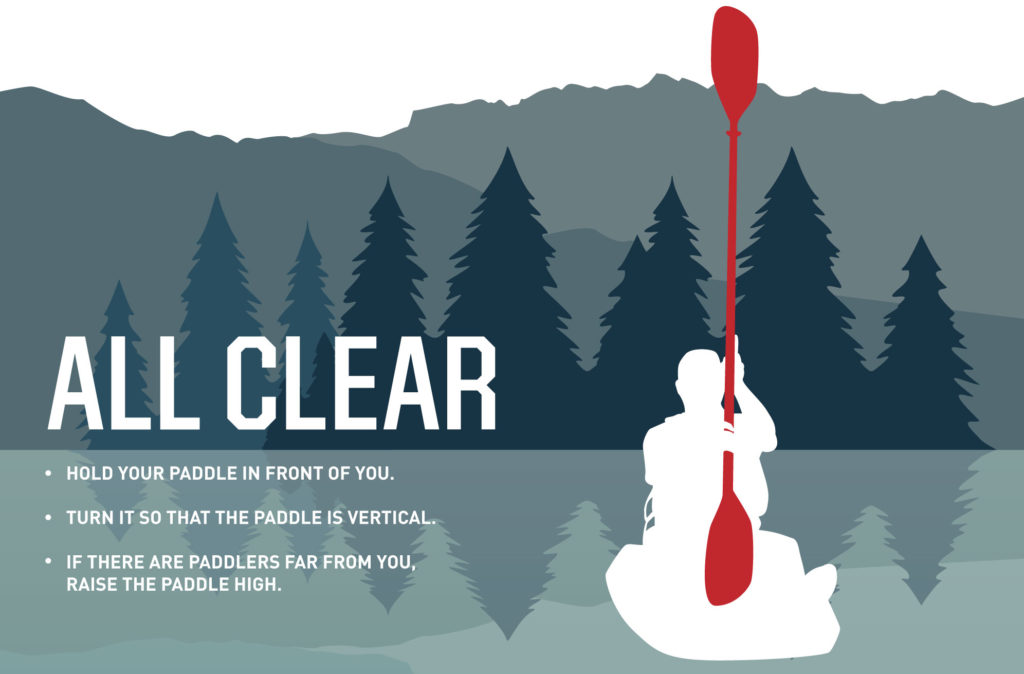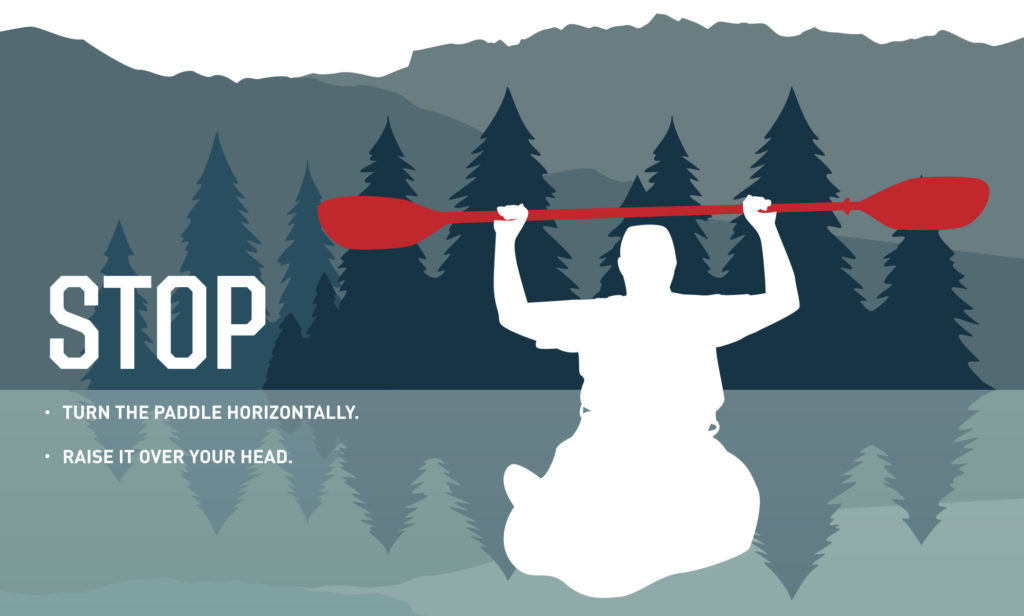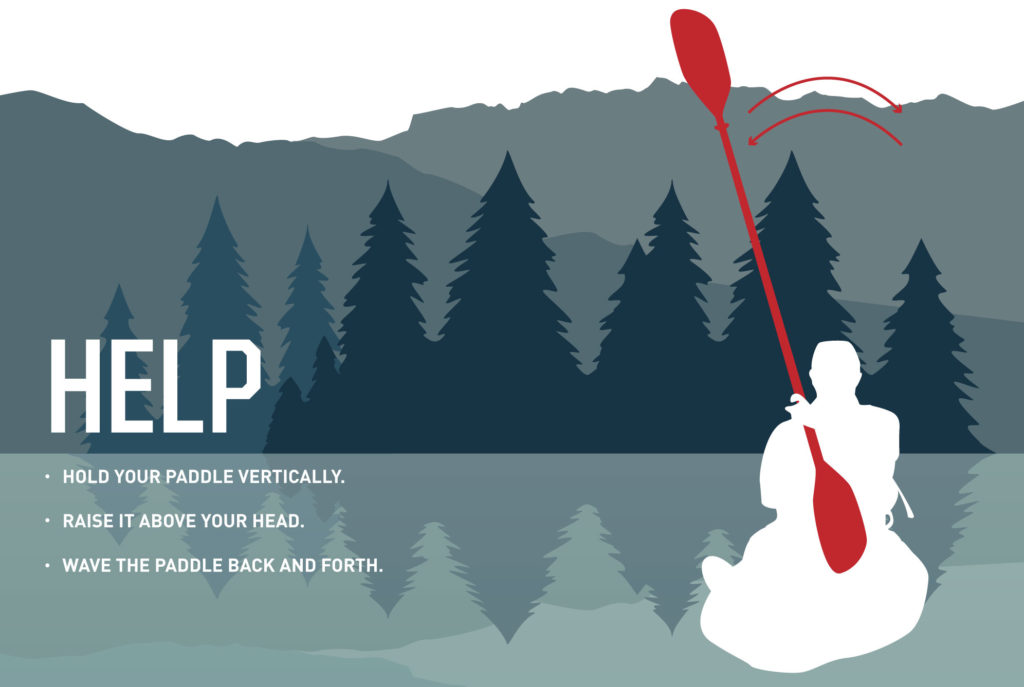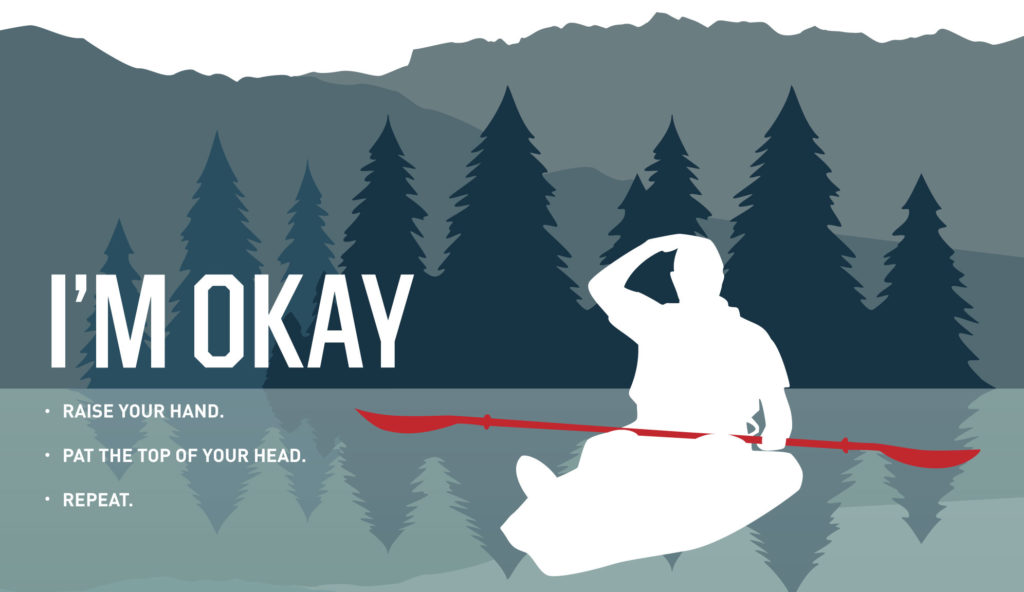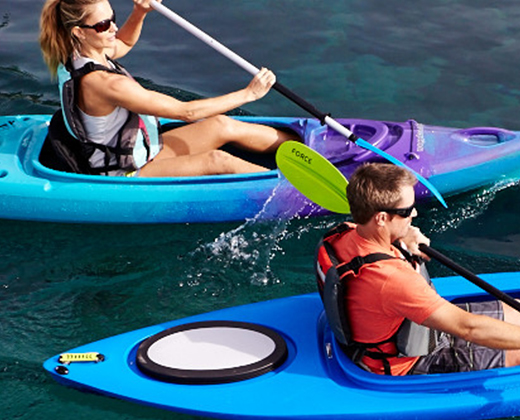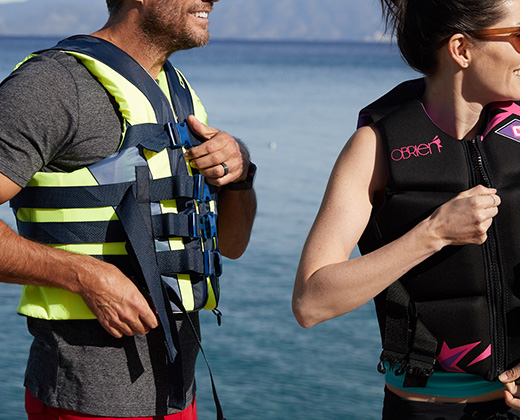Kayak Hand and Paddle Signals
Learn five key kayak paddle and hand signals to help you communicate with your fellow kayakers out on the water.
When kayaking on a river, the last thing you want is to give other paddlers mixed signals on your intentions. Due to the noise level on the water, communicating with other paddlers can be a bit tricky. Luckily, you can use your paddle to signify a variety of different messages.
“When you’re out on the water, it gets really loud and it’s hard to communicate with your fellow paddlers,” Sam Robbins, a design engineer for Lifetime Products, says. “Using your paddle is a great way to send signals across long distances.”
There are five basic signals that every kayaker should know before taking to their boat. Understanding these signals can help keep both you and your fellow kayakers safe. You can use these kayaking tips on the river and beyond.
GO/ALL CLEAR
The first signal that every kayaker should know is “go” or “all clear.” This signal indicates that everything is okay and the journey in the water can continue. To perform this signal:
- Hold your paddle in front of you.
- Turn the paddle so that it’s vertical.
- If there are paddlers far from you, raise the paddle high.
STOP
Another crucial signal to know is “stop.” You can use the “stop” signal to either signify that you need to stop or to warn other kayakers to do so. To signal “stop”:
- Turn the paddle horizontally.
- Raise it over your head.
HELP
If you’re in distress and need to let others know you’re in need of assistance, you should use the “help” signal. To let other kayakers know you need help:
- Hold your paddle vertically.
- Raise it above your head.
- Wave the paddle back and forth.
I’M OKAY
Sometimes you need to let others know that you’re alright. To signify “I’m okay:”
- Raise your hand.
- Pat the top of your head.
- Repeat.
MOVE BACKWARD
The last of the five key kayak river signals you should learn is the one that tells others to “move backward.” To signal this:
- Hold the paddle horizontally.
- Raise it above your head.
- Lightly move the tips up and down.
Paddle and hand signals are an important part of kayak safety on the water. For added protection when kayaking, you should also choose a kayak life vest.


